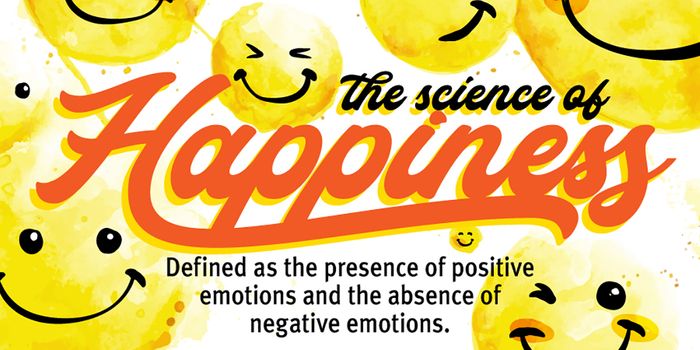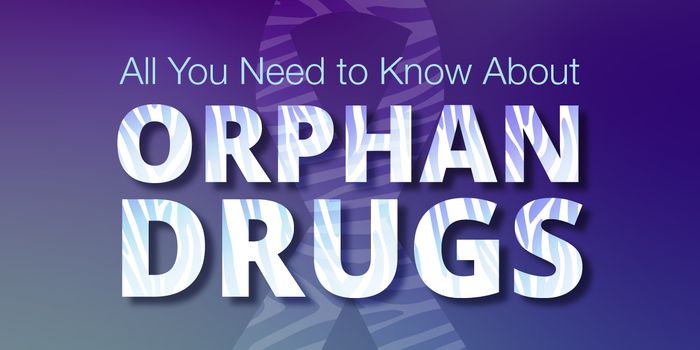From print media to the internet, scientists have progressed from using magazines, newspapers and tradeshows to the internet, social media, and virtual events. It wasn’t until the 1980’s, following the personal-computer boom, when science reporting began drastically changing from newspapers to the internet. A majority of scientists began to see that social media affected their decision-making and participated in some type of social media, considering it beneficial to the sharing of ideas. How exactly are these social media platforms, such as twitter, useful to scientists? Taking a glance at this infographic will give you some insight into this evolving world.
Scientists now view social media as a great resource for eavesdropping, crowd sourcing, collecting data, and sharing resources, as well as discussing, debating, and developing relationships and communities. Perhaps the most advantageous aspect of social media for scientists has proven to be the virtual event; a place where interaction with attendees and customers is more cost-effective and integrated. Today, a staggering 90% of scientists prefer online meeting and video conferencing systems due to the ever growing world of social media.










